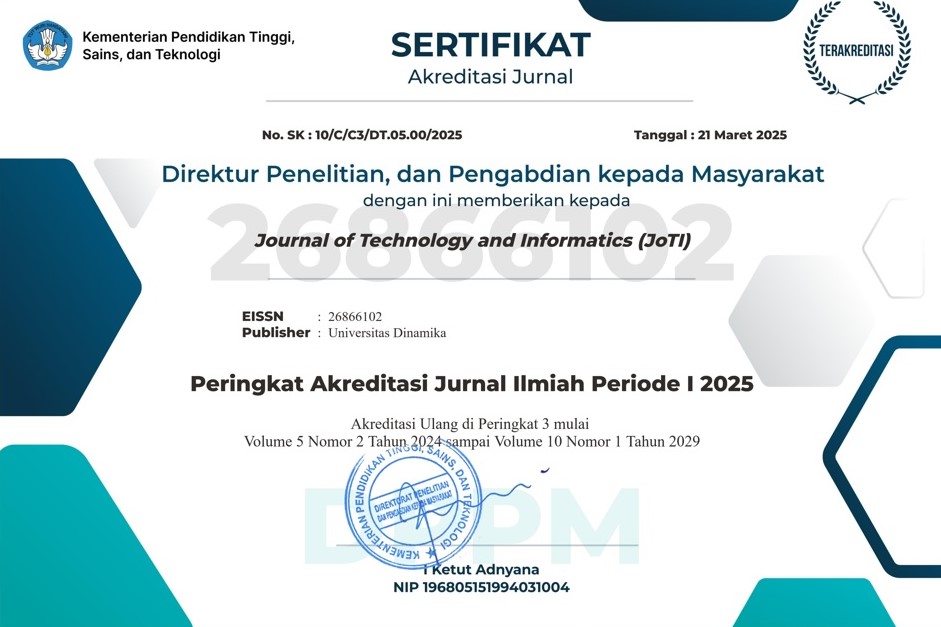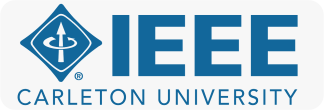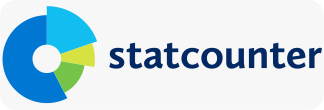Segmentasi dan Klasifikasi Risiko Perdarahan dengan Algoritma K-Means dan Naive Bayes Berdasarkan Data Klinis dan Transfusi
Keywords:
bleeding risk, K-Means clustering, Naive Bayes, clinical data, transfusion data, risk classificationAbstract
Bleeding risk assessment is essential in clinical decision-making, especially for patients undergoing frequent blood transfusions. This study presents a machine learning approach combining K-Means clustering and Gaussian Naive Bayes classification to assess bleeding risk based on clinical and transfusion history data. Patients were categorised into K-Means clusters, with the ideal number of clusters established by the Elbow Method and Silhouette Score. PCA visualisation demonstrated distinct distinctions among clusters. Cluster 0 contained patients with higher transfusion volume and frequency, showing significantly higher bleeding risk. Subsequently, the Naive Bayes classifier was trained on clinical features to predict bleeding risk and categorized into two risk levels. The model achieved 85.45 percent accuracy on training data and 86.67 percent on testing data, with the highest predictive accuracy observed in Cluster 0 (95.65 percent). These results highlight the potential of combining unsupervised and supervised learning techniques to enhance bleeding risk stratification and support better transfusion management.
Downloads
References
S. Oktavia and A. Qoiriah, “Pengembangan Aplikasi Penentu Kelayakan Calon Pendonor Darah Berbasis Website Menggunakan Algoritma Naïve Bayes,” J. Inform. Comput. Sci. JINACS, vol. 6, no. 01, pp. 1–10, May 2024, doi: 10.26740/jinacs.v6n01.p1-10.
W. I. Rahayu, C. Prianto, and E. A. Novia, “Perbandingan algoritma K-Means dan Naive Bayes untuk memprediksi prioritas pembayaran tagihan rumah sakit berdasarkan tingkat kepentingan pada PT. Pertamina (Persero),” J. Tek. Inform., vol. 13, no. 2, pp. 1–8, Apr. 2021.
“Patient Blood Management and Clinical Use of Blood.” Accessed: Oct. 16, 2025. [Online]. Available: https://www.who.int/teams/health-product-policy-and-standards/standards-and-specifications/blood-and-products-of-human-origin/patient-blood-management-and-clinical-use-of-blood
S. S. Nurhadiva, A. Aryanti, and S. Sarjana, “Blood Pressure and Heart Rate Measurement for Hypertension Classification Using the K-Nearest Neighbors Method Based on IoT,” PIKSEL Penelit. Ilmu Komput. Sist. Embed. Log., vol. 12, no. 2, pp. 373–382, Sept. 2024, doi: 10.33558/piksel.v12i2.9824.
R. Z. Megantara, P. I. Faot, R. H. Ito, K. F. Annabel, and O. Karnalim, “Pemanfaatan Machine Learning dalam Prediksi Rating: Studi Kasus pada Data Abstrak Publikasi Ilmiah,” J. Technol. Inform. JoTI, vol. 7, no. 1, pp. 62–75, Apr. 2025, doi: 10.37802/joti.v7i1.999.
K. Auliasari and M. Kertaningtyas, “Studi komparasi klasifikasi pola tekstur citra digital menggunakan metode K-Means dan Naive Bayes,” J. Inform., vol. 18, no. 2, pp. 175–185, Dec. 2018, doi: 10.30873/ji.v18i2.1220.
M. Ahmed, R. Seraj, and S. M. S. Islam, “The k-means Algorithm: A Comprehensive Survey and Performance Evaluation,” Electronics, vol. 9, no. 8, p. 1295, Aug. 2020, doi: 10.3390/electronics9081295.
J. Lemantara, “Penerapan Algoritma Naïve Bayes dan ID3 untuk Memprediksi Segmentasi Pelanggan pada Penjualan Mobil,” J. Technol. Inform. JoTI, vol. 4, no. 1, pp. 31–40, Oct. 2022, doi: 10.37802/joti.v4i1.265.
D. Nurmadewi, C. P. Gusti, E. C. Hernanto, F. Ananda, M. A. Hutagalung, and N. Hikmah, “Analisis Sentimen untuk Melihat Respon Masyarakat Terhadap Vaksin Pfizer,” J. Technol. Inform. JoTI, vol. 4, no. 2, pp. 77–80, Apr. 2023, doi: 10.37802/joti.v4i2.322.
“View of Article Review: Risk Factors Affecting the Progression of Diabetic Retinopathy in Type 2 Diabetes Mellitus Patients.” Accessed: Oct. 16, 2025. [Online]. Available: https://journalofmedula.com/index.php/medula/article/view/958/755
Y. M. Nency and D. Sumanti, “Latar Belakang Penyakit pada Penggunaan Transfusi Komponen Darah pada Anak,” Sari Pediatri, vol. 13, no. 3, pp. 159–64, Nov. 2016, doi: 10.14238/sp13.3.2011.159-64.
D. Purbasari, E. Fadila, and M. N. Imani, “Status Nutrisi dan Hemoglobin Setelah Pemberian Transfusi pada Penderita Thalasemia,” J. Med. Nusant., vol. 1, no. 2, pp. 225–239, June 2023, doi: 10.59680/medika.v1i2.427.
A. K. F. Aidia, P. J. Amelia, and V. R. S. Nastiti, “Prediksi Jumlah Pasien Covid-19 Dengan Menggunakan Klasifikasi Algoritma Machine Learning,” SINTECH Sci. Inf. Technol. J., vol. 5, no. 2, pp. 165–172, Oct. 2022, doi: 10.31598/sintechjournal.v5i2.1163.
11451201604 RILA GUSTIA, “Penerapan Radial Basis Function Neural Network (RBFNN) untuk klasifikasi penyakit kanker serviks,” skripsi, Universitas Islam Negeri Sultan Syarif Kasim Riau, 2020. Accessed: Oct. 17, 2025. [Online]. Available: https://repository.uin-suska.ac.id/24236/
J. Cárcamo, A. Cuevas, and L. A. Rodríguez, “On uniqueness of the set of k-means,” arXiv.org. Accessed: Oct. 17, 2025. [Online]. Available: https://arxiv.org/abs/2410.13495v1
D. M. Witten and R. Tibshirani, “A framework for feature selection in clustering,” J. Am. Stat. Assoc., vol. 105, no. 490, p. 713, June 2010, doi: 10.1198/jasa.2010.tm09415.
M. Shutaywi and N. N. Kachouie, “Silhouette Analysis for Performance Evaluation in Machine Learning with Applications to Clustering,” Entropy, vol. 23, no. 6, p. 759, June 2021, doi: 10.3390/e23060759.
M. B. Al- Zoubi and M. A. Rawi, “An Efficient Approach for Computing Silhouette Coefficients,” J. Comput. Sci., vol. 4, no. 3, pp. 252–255, Mar. 2008, doi: 10.3844/jcssp.2008.252.255.
“(PDF) Enhancing the Efficiency of Gaussian Naïve Bayes Machine Learning Classifier in The Detection of DDOS In Cloud Computing,” ResearchGate, doi: 10.1109/ACCESS.2023.3328951.
W. Wang, L. Yan, F. Liu, and Y. Li, “Improving Gaussian Naive Bayes classification on imbalanced data through coordinate-based minority feature mining,” PeerJ Comput. Sci., vol. 11, p. e3003, July 2025, doi: 10.7717/peerj-cs.3003.
“(PDF) Human Activity Recognition Using Gaussian Naïve Bayes Algorithm in Smart Home,” ResearchGate, Aug. 2025, Accessed: Oct. 17, 2025. [Online]. Available: https://www.researchgate.net/publication/345398584_Human_Activity_Recognition_Using_Gaussian_Naive_Bayes_Algorithm_in_Smart_Home
“Blood transfusion safety.” Accessed: Oct. 17, 2025. [Online]. Available: https://www.who.int/health-topics/blood-transfusion-safety
Downloads
Issue
Section
License
Copyright (c) 2025 Journal of Technology and Informatics (JoTI)

This work is licensed under a Creative Commons Attribution-ShareAlike 4.0 International License.


















